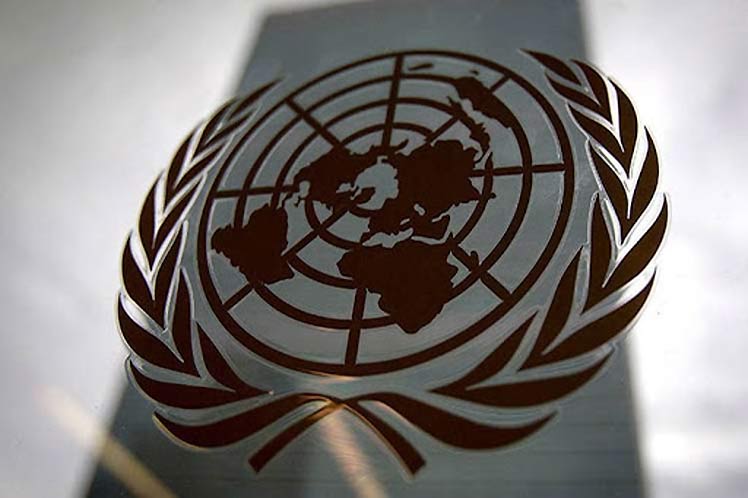“Interconnected Disaster Risks Report 2021/2022” by the United Nations University Institute for Environment and Human Security (UNU-EHS) analyzed 10 disasters from around the world.
The selected disasters represent the larger global issue and share root causes and drivers.
Based on disasters and consequences, the UN report proposed eight solutions to either prevent or mitigate risks, including letting nature act or coexist with natural processes, innovating, improving collaboration and establishing safety networks to protect people, as well as consuming sustainably, strengthening governance and increasing capacity of institutions, planning for risks for which it is critical to design and build up infrastructures, and enhancing early warnings to improve the capacity to predict and communicate risks.
In this regard, Dr. Jack O’Connor, Senior Scientist at UNU-EHS and lead author of the Interconnected Disaster Risks report, praised that the good news is that just as the disasters are interconnected, so are the solutions.
“Without investing and scaling up smart solutions, the disasters of 2021/2022 are just the beginning of a new normal,” said Zita Sebesvari, deputy director of UNU-EHS.
“The responsibility to make changes rests with all parts of society: the private sector, governments, regional and local decision-makers, but also with us as individuals,” said Sebesvari.
pll/rgh/crc










